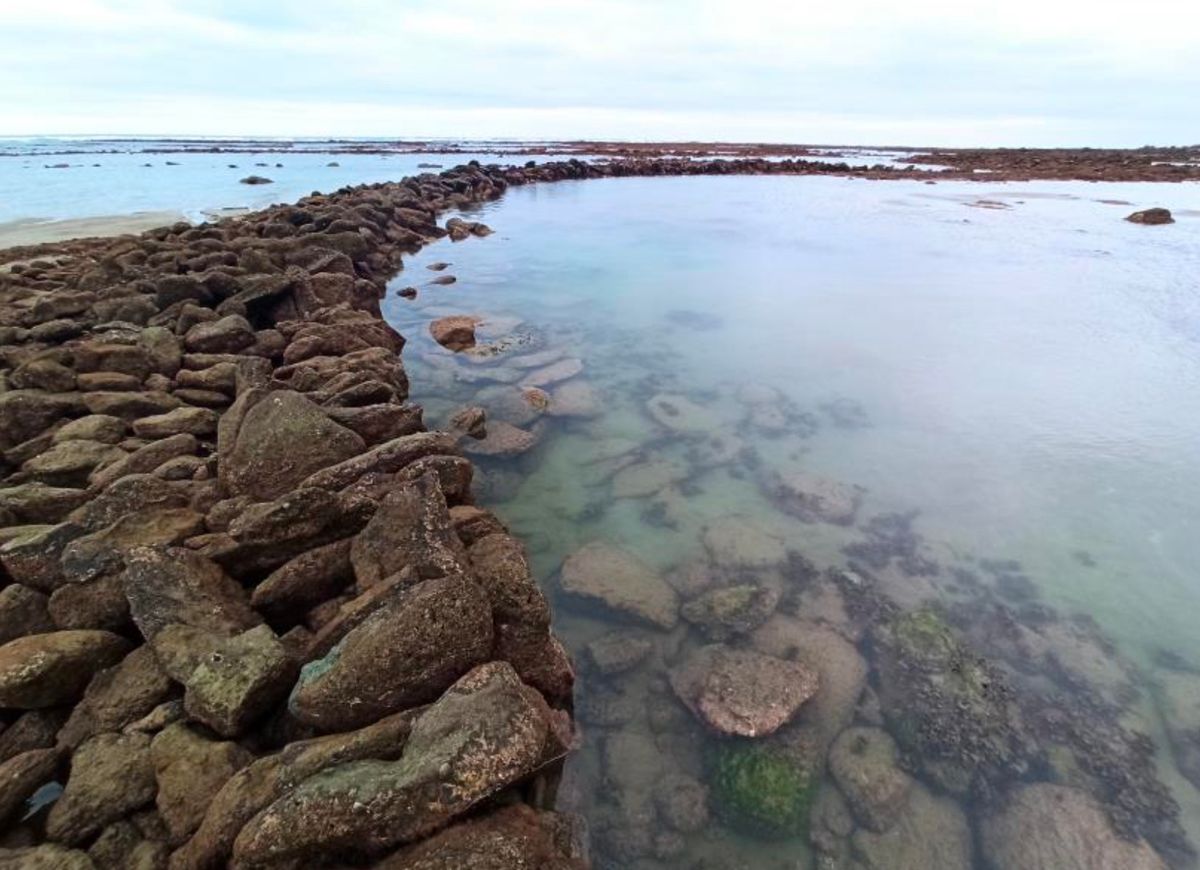About
Just north of the town of Canoa, Ecuador is a development project called Monkey Beach. Local archeologists have recently taken notice of a series of semi-circular stone walls that jut out into the sea from the beaches, located just to the north and south of this development.
At high tide, the walls are submerged, but as the tide goes out marine life gets stuck inside these man-made pens. Most of these traps measure a little over 20 meters in diameter.
This system of pens allowed ancient pre-Columbian civilizations that once populated the region to easily capture fish and other marine animals. This formed the basis for a vast civilization of fishermen, farmers, and traders. Remnants of this ancient civilization litter the beaches in the form of broken shards of ceramics and pottery that can be seen during low tide.
Today, Canoa is a quiet fishing/tourism village and no longer a center of coastal commerce and trade. However, on a continent known for its ancient civilizations, these giant, still functional fish traps offer a unique glimpse into an often overlooked part of Ecuador.
Related Tags
Know Before You Go
At low tide, the pools created by these ancient stone walls can be up to two meters deep. If you bring your snorkel gear, you can swim around and sometimes find fish, turtles, and all kinds of small sea creatures hiding amongst the rocks.
To visit the pools, drive north up the highway from Canoa about three miles until you see the sign on the left for "Monkey Beach." There is a large gate and sometimes a security guard, just tell him you want to see the location and you should be granted access. They might have you sign a slip of paper.
From the gate, it's just over four miles down a high-quality dirt road until you arrive at a lookout over the ocean. Head down the hill then turn left and follow the steep road down to the beach. At the bottom, turn to the right and find a place to park. From there, you can walk the rest of the way up the beach and the pools.
Wild Galapagos: An Ecological Wonderland
Darwin's legacy, snorkeling, volcanic landscapes & conservation insights.
Book NowPublished
March 16, 2021






















